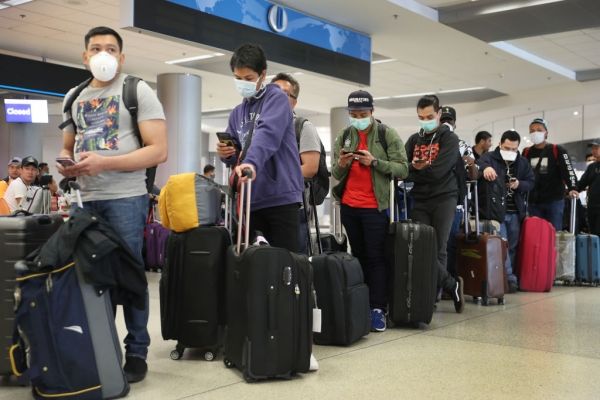COVID-19 is affecting life in nearly every corner of the globe. Public health officials are heavily relying on two community interventions to curb the pandemic spread: social distancing and restricted travel. Because these measures interrupt personal contact, they can be effective at preventing the spread of the coronavirus that causes COVID-19. But the guidelines and restrictions can be confusing, leave room for interpretation, and may even seem to contradict each other.
Colleges and universities across the globe are shutting down, potentially forcing many thousands of students to fly or drive home. Large population centers like New York and even the entire state of California have been put under “shelter in place” restrictions that ask people to stay home as much as possible. Despite this, some people are fleeing to family, friends, second homes or even campsites in more rural areas. As an infectious disease epidemiologist, the idea of increased travel during a time when disease is spreading so rampantly scares me.
So how does travel, whether voluntary or compelled, fit into the mix of restrictions and guidelines being rolled out across the U.S.? And what impact does travel have on this pandemic?
Continue reading at Texas A&M University
Image via Texas A&M University


